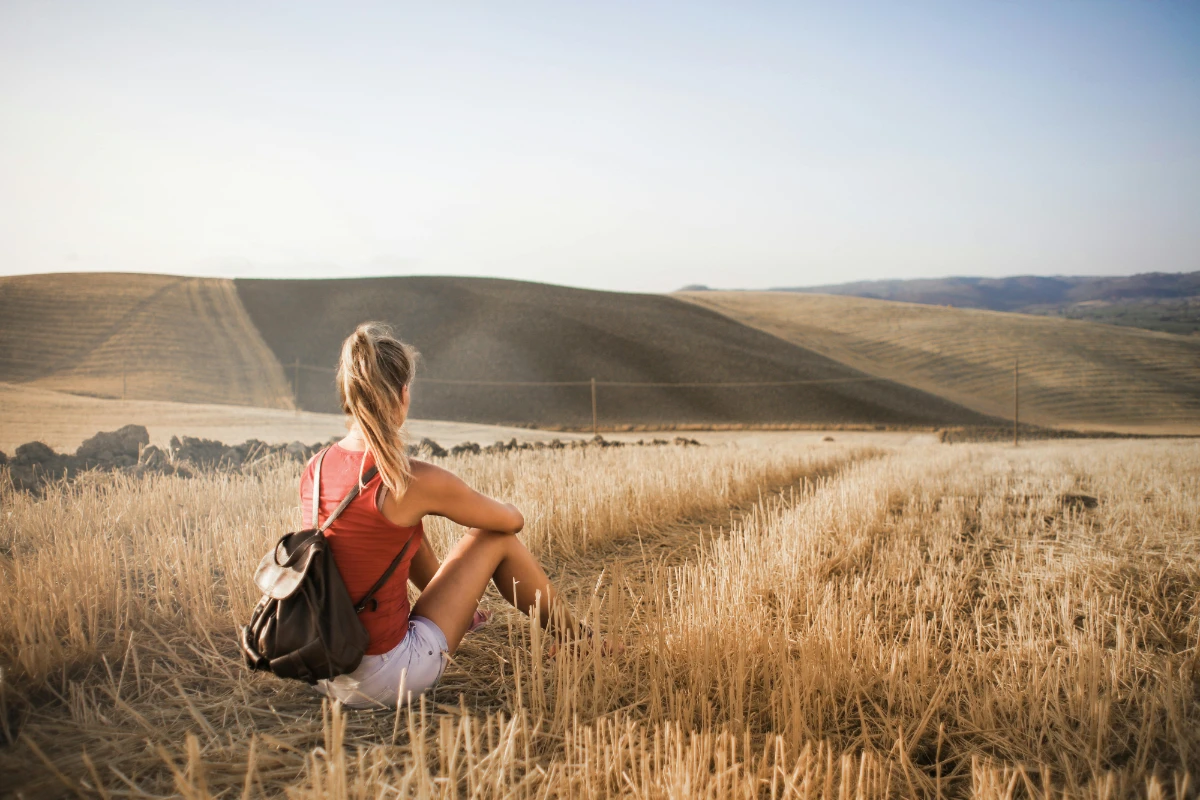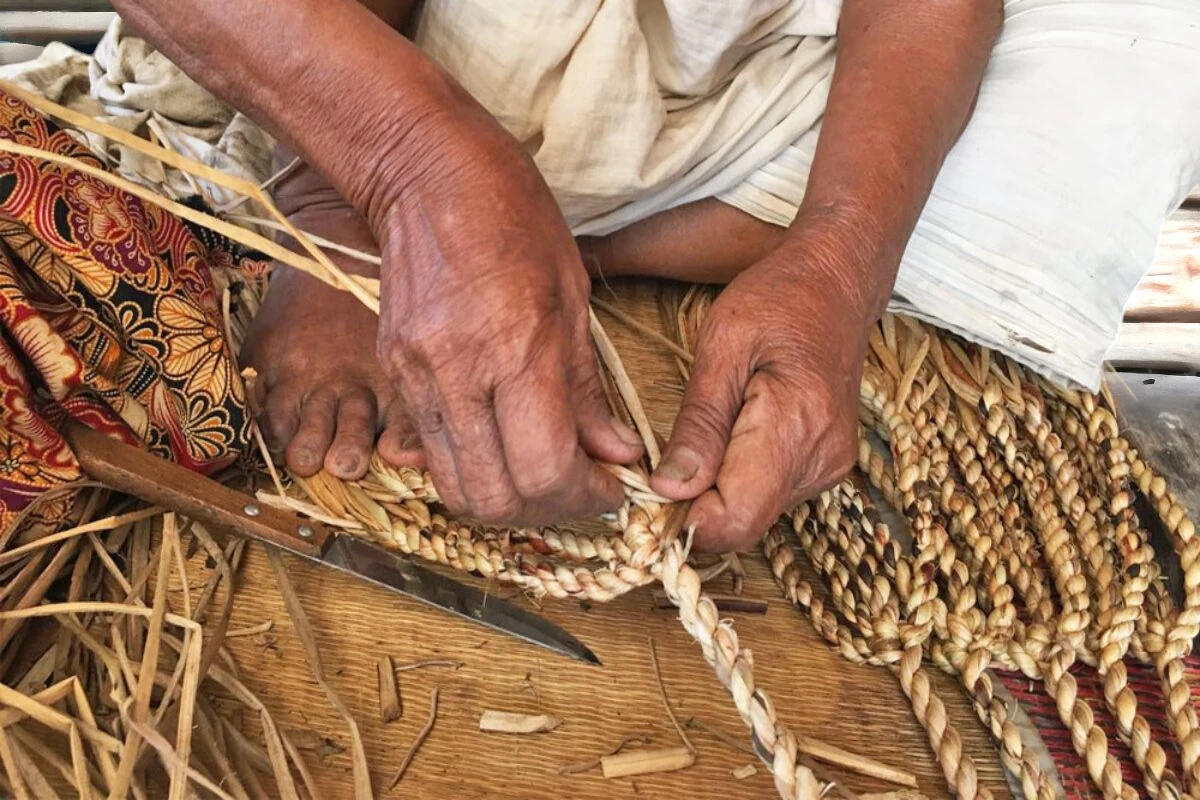Choosing the Perfect Material for Bags Isn’t Just About Fashion
Choosing the perfect material for bags isn’t just about fashion—it’s about finding the ideal blend of style, practicality, and sustainability. Whether you’re a designer, manufacturer, or customer, quality and durability are essential considerations. After all, your bag should look good and withstand the rigours of daily use, whether you’re headed to work, travelling, or hitting the beach.
In today’s world, sustainability plays a crucial role in material choices. As consumers become increasingly worried about their environmental impact, they seek eco-friendly options that minimise harm to the planet. That’s where materials like straw come into play.
Once relegated to beach bags and sun hats, straw is experiencing a resurgence in popularity as a sustainable alternative for bag manufacturing. It’s durable, lightweight, and biodegradable, making it a win-win for both fashion and the environment.
This article will delve into the world of straw material in bag manufacturing. From its unique qualities to its environmental benefits, we’ll explore why more designers and consumers turn to straw for their bags. Whether you’re a fashion enthusiast or simply curious about sustainable materials, join us as we uncover the beauty and versatility of straw-in bag design.
The Rise of Straw Material in Bag Manufacturing
Straw has been a trusted companion in human history, serving multifaceted roles from bedding to sustenance for livestock. Derived as a byproduct of food cultivation, straw stands as a beacon of sustainability, abundant and renewable. Beyond its traditional applications, straw has transitioned into the fashion scene, particularly in bag manufacturing, owing to its robustness.
Renowned for its durability, this eco-conscious material boasts remarkable strength, making it an ideal candidate for crafting an array of bags. From practical totes for errand runs to chic beach bags for sun seekers, straw brings a natural charm to every adventure. As we embrace sustainability in our daily lives, the rise of straw bags offers not just style but a conscious nod to our planet’s well-being.
Embracing straw material in bag manufacturing isn’t just about style—it’s a conscious choice with a multitude of benefits for both you and the environment.
Eco-Friendly: Opting for a straw bag over a plastic counterpart is a small yet impactful step towards environmental preservation. Crafted from natural materials, straw bags offer a sustainable alternative for carrying your essentials, reducing your carbon footprint.
Durability: Despite their lightweight nature, straw bags are solid and durable, and they can withstand the test of time with proper care. Their sturdy construction ensures they can accompany you on countless adventures, serving as reliable companions for years.
Unique Texture and Appearance: One of the standout features of straw bags is their distinctive texture and pattern, adding a natural charm to any ensemble. Each straw bag boasts its own unique character, making it a standout accessory that complements your style.
Versatility: From beach days to city outings, straw bags come in various styles to suit every occasion. Whether you need a spacious beach tote or a sleek clutch for a night out, there’s a straw bag to match your needs and preferences.
Endorsement by High-End Brands: The allure of straw bags extends beyond casual beachwear, with luxury fashion houses like Chanel and Dolce & Gabbana incorporating straw material into their designs. This endorsement elevates the aesthetic appeal of straw bags and underscores their versatility and staying power in the fashion world.
Considerations When Choosing Straw Bags
While straw material offers numerous benefits in bag manufacturing, it’s essential to acknowledge its limitations to make informed decisions:
Limited Suitability: While perfect for certain occasions, straw may only be the optimal choice for some bag types. Its natural texture and aesthetic may not fare well in situations requiring waterproof or weather-resistant properties, limiting its versatility.
Susceptibility to Wear and Tear: Unlike synthetic materials, straw bags are more susceptible to wear and tear, especially when exposed to moisture or handled roughly. This vulnerability may lead to premature deterioration, necessitating regular maintenance to preserve longevity.
Maintenance Requirements: Maintaining straw bags requires extra care and attention. Regular cleaning and storage in dry environments are essential to prevent mould and mildew growth, prolonging the lifespan of the bags. While these maintenance measures may be time-consuming, they are crucial for ensuring the durability of your straw bags.
Limited Functionality: While straw bags exude natural charm, their functionality may be limited compared to bags made from other materials. Their earthy aesthetic may only sometimes align with formal or professional settings, making them more suitable for casual or outdoor events.
Production and Manufacturing Process
Understanding the production and manufacturing process is critical to achieving quality results when creating straw bags. Here are some considerations to keep in mind:
Types of Straw: While various types of straw can be used for bag making, raffia straw is particularly popular for beach bags. Derived from the Raffia palm tree leaves, mainly found in Madagascar, Raffia straw offers a unique texture and durability, making it ideal for beachwear.
Harvesting Process: The process of obtaining Raffia straw involves stripping the Raffia palm tree leaves and sun-drying them with minimal machinery usage. In contrast, straws grown from plant stalks may require heavy machinery for harvesting. Opting for sustainable harvesting methods is crucial to minimising environmental impact.
Weaving and Assembly: Crafting straw bags involves weaving the straw into intricate patterns and sewing it precisely. While specialised equipment is only sometimes necessary, skill and expertise in processing and assembly are essential. Attention to detail is paramount, requiring sharp design sense, precise cutting abilities, and meticulous stitching to achieve the desired outcome.
Craftsmanship: Working with straw demands high craftsmanship and dedication to finesse. Each process step, from selecting the straw to weaving and stitching, requires careful attention to detail to ensure that our final product meets quality standards. It’s a labour-intensive endeavour that rewards patience and skill with beautifully crafted bags.
The Environmental Benefits of Straw Bags
Straw stands out as a beacon of sustainability in the realm of materials, offering numerous environmental benefits:
Biodegradability: One of the critical advantages of straw is its biodegradability. As a natural material, straw can decompose organically over time, returning to the earth without leaving harmful residues or pollutants behind. This eco-friendly feature ensures that discarded straw products have minimal environmental impact.
Recyclability: Besides being biodegradable, straw is also recyclable; it can be repurposed and reused in many ways. Whether composted for soil enrichment or transformed into new products through recycling programmes, straw’s recyclability extends its lifespan and reduces waste, minimising its environmental footprint.
Renewable Resource: Straw is derived from agricultural byproducts such as wheat, rice, or raffia palm leaves, making it a renewable resource. Unlike finite fossil fuels, straw can be replenished through sustainable farming practices, ensuring a continuous supply for future generations. Consumers can support a more sustainable and resilient economy by choosing products made from renewable materials, like straws.
New Certification Standards: Global Organic Textile Standard GOTS, is an industry certification for sustainable materials, including straw. GOTS certification ensures that straw products meet stringent environmental and social criteria throughout production, providing consumers with confidence in their sustainability credentials.
Straw’s sustainability and minimal environmental impact make it an ideal choice for eco-conscious consumers. From its biodegradability and recyclability to its status as a renewable resource, straw embodies the principles of environmental stewardship and responsible consumption. Consumers can contribute to a healthier planet for current and future generations by opting for products made from certified sustainable materials like straws.
Conclusion
In conclusion, straw material emerges as a standout option for bag manufacturing, boasting a trifecta of durability, unique texture, and eco-friendliness. While it may have limitations, the popularity of straw bags among consumers—especially those keen on environmental impact—underscores its appeal and relevance in today’s market.
As we navigate the landscape of sustainable fashion, manufacturers and consumers alike must weigh the benefits and considerations of using straw material. From its natural charm to its minimal environmental footprint, straw bags offer a compelling choice for those seeking style and sustainability.
Ultimately, we encourage readers to explore the potential of straw material for their bag manufacturing needs. By embracing straw bags, we make a fashion statement and contribute to a more eco-conscious and responsible approach to consumerism. Let’s weave sustainability into every stitch and carry our belongings with pride, knowing that we’ve made a choice that’s as stylish as sustainable.












